Shingles: Causes, symptoms and diagnosis
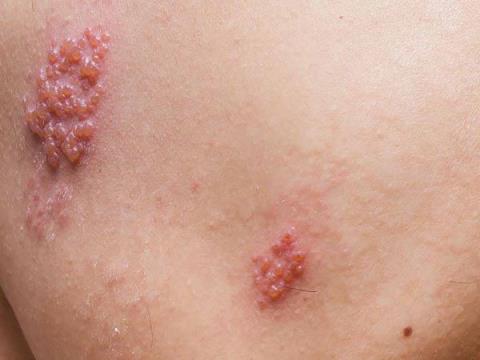
Shingles is an infection caused by the Varicella virus. The disease affects the skin and nerves by presenting with blisters and a burning sensation on the damaged skin. Shingles can appear in children or adults, in healthy people, and people with weakened immune systems.
content
1. What is shingles?
Shingles is a skin infection caused by the Varicella-zoster virus. The truth is that Varicella-zoster can cause 2 different diseases, chickenpox and shingles. Chickenpox is the patient's primary immune response to a virus infection, shingles is the patient's partial immune response to the virus.
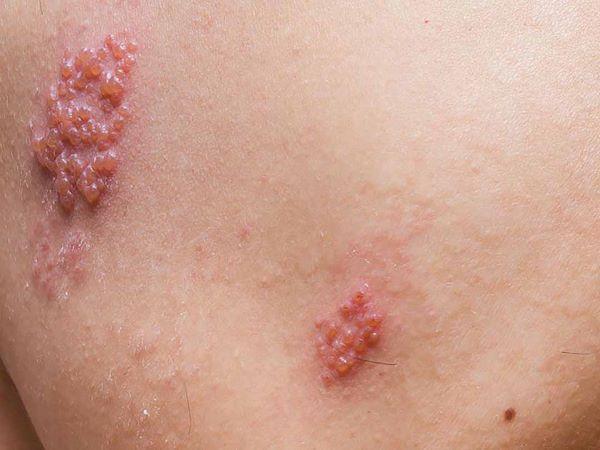
Shingles is a skin infection caused by the Varicella-zoster virus
To make it easier to understand, when a person is exposed to the Varicella-zoster virus, that person develops chickenpox, after which the virus is able to lie dormant for decades in the nerve ganglia of the patient's body. When this person's immune system is weakened for some reason, the virus will become active again and trigger shingles.
2. Why get shingles?
The main cause of shingles is the Varicella-zoster virus, factors that make us more susceptible are:
- Not vaccinated against this virus.
- If you've had chickenpox or shingles in the past, you're at risk of getting shingles again because the virus can live in a patient's ganglia for decades.
- People with weakened immune systems, reduced resistance of the body such as people with HIV infection, cancer chemotherapy, long-term physical and mental trauma will be at greater risk of shingles, especially when there is already a latent virus in the body.
3. Symptoms of shingles?
Shingles has the main symptoms are:
Before the blisters appear on the skin, the patient will often have symptoms of fatigue, low-grade fever, headache.
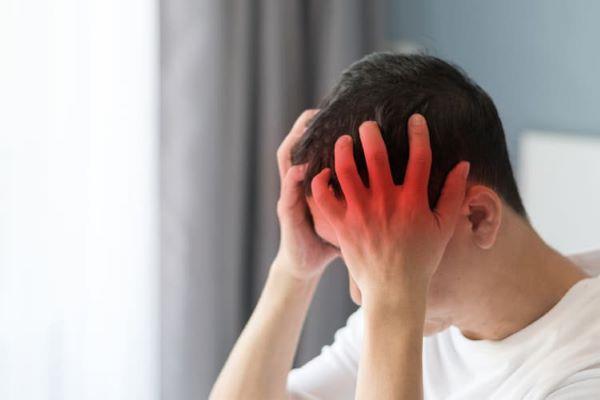
Patients often have symptoms of fatigue, low-grade fever, and headache.
The patient feels stinging, burning, and burning sensation in the skin that is about to develop blisters. This area of the skin is hypersensitive to pain, that is, touching, scratching or lesions on the skin will cause the patient to have severe pain, pain that is intermittent or lasts for a long time.
The progression of the vesicular phase includes:
- First, pink patches appear on the skin, then blisters develop on these pink patches. The blisters grow in clusters, stretch, contain clear fluid and are difficult to rupture. The blistered skin area is very painful and burning.
- After about 3 days, the vesicle fluid turns cloudy, breaks and collapses, dries and closes within 7-10 days and completely disappears after 2-4 weeks.
- When the blisters disappear, a scar that is lighter in color than the surrounding skin can be left (hypopigmentation scarring). In the elderly or malnourished, blisters can become necrotic and leave worse scars.
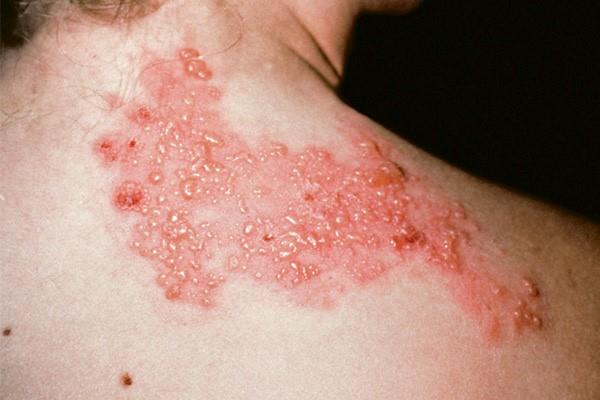
The skin with blisters is very painful and burning
Symptoms of pain, itching disappear after a few weeks or months. As for the elderly (over 50 years old), the symptoms of burning pain, ants crawling, stinging will last longer from a few months to several years, causing insomnia and affecting quality of life.
In addition to skin lesions, immunocompromised subjects can also have damage to organs such as lungs, liver, brain, etc., which can lead to death.
Location of blisters:
- Usually clusters of blisters on the skin will appear on one side, along the path of the nerve.
- Zona usually manifests on the face and trunk such as the waist, the area between the ribs. Zona can also appear in the neck area.
4. Diagnosed with shingles?
Diagnosis of shingles is based on risk factors, disease symptoms, and tests:
About symptoms:
- Patients who have had chickenpox or shingles before, now have blisters that may suggest a recurrence of the disease.
- On the body, face or neck, clusters of blisters appear and it is very painful.
- After the vesicle ruptures and closes, there is still a persistent pain, suggesting sequelae of post-shingles pain.
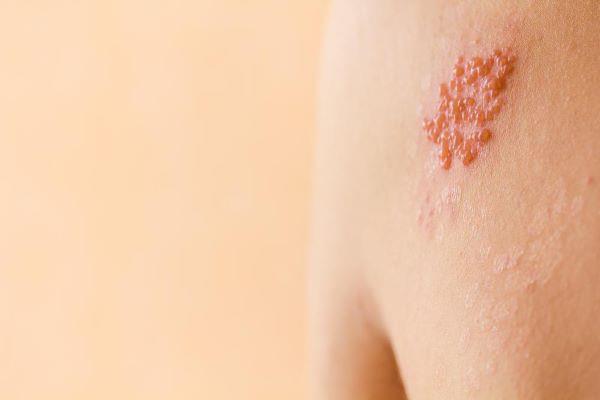
On the body, face or neck, there are clusters of blisters and it feels very painful
Tests:
- Tests to help identify the disease include Test tzanck, Test Elisa, PCR isolation of the virus.
Shingles is relatively benign and curable. However, the sequelae of pain after shingles can persist for a long time and affect the patient's quality of life a lot. Please continue with SignsSymptomsList to learn how to treat the disease, handle pain after shingles and how to prevent it effectively!
Doctor Vo Thi Ngoc Hien
Currently, hemorrhoids are more and more common according to the rise of sedentary lifestyle. The disease affects men and women equally. The disease is very rare in people under the age of 20. The incidence is highest between the ages of 45 and 65 years. Learn more with SignsSymptomsList!